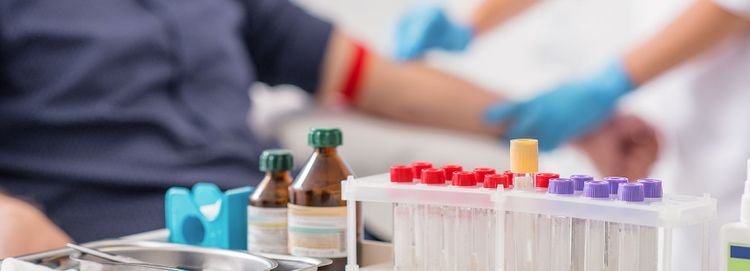September 14, 2020
A recent study published in BMJ Open found that 72% of the 98,000 opioid-naive patients studied received a prescription for opioids following outpatient knee arthroscopy between 2015 and 2019.
With more than 70,000 patients receiving opioids for the first time, I wonder how many received the risk assessment and monitoring that guidelines recommend.
- Were they assessed for their potential risk of misuse prior to the surgery?
- Did they have an open and honest discussion with their healthcare provider about whether opioids or an alternative were the right choice?
- Did they receive monitoring during follow-up care to ensure they were using the opioids appropriately?
- Were they counseled on proper procedures for disposing of any unused opioids?
While the study doesn’t assess patient monitoring activities, 36% of the patients received a dosage higher than the recommended threshold of no more than 50 MME per day and no more than 6 days supply. This suggests to me that for at least a little over a third of the patients guidelines weren’t strictly followed.
It’s just knee surgery. It’s just an average 5-day supply, a median tablet count of 40 tablets and a dosage of 250 MME. Why does it matter?
- Because some patients may have a personal or family history of addiction.
- Because sometimes the first prescription isn’t enough. Some patients will need a refill and begin a longer opioid treatment regimen than initially expected.
- Because some patients may have members of their household who are tempted to misuse improperly stored or disposed of opioids.
- Because opioids are a highly addictive controlled substance.
An opioid-naive knee surgery patient doesn’t usually become an overdose statistic overnight. They start out taking their initial prescription and maybe have more pain than expected. They get a refill. Then maybe another refill, but at a higher dose, because over time as their body has become more dependent on the opioids the lower dose isn’t working as well. Then their first prescription isn’t working well enough, so they start taking more pills in a day and run out early, so they get a second prescription maybe even from another doctor. After a while, the second doctor becomes uncomfortable with prescribing more and they seek another source, maybe another family member or a friend. As the costs add up or sources become harder to come by they may start to dabble with illicit drugs too. Over the course of weeks or months a bad situation has developed.
There are many other possible stories that could be told, like a teen or caregiver borrowing from the medicine cabinet or a sober alcoholic now tangling with a new addiction. No matter the situation, at multiple points in the progression from the knee surgery to opioid misuse to opioid addiction a healthcare provider who was carefully monitoring the patient’s opioid use with laboratory testing and PDMP checks could have spotted the concerning behavior and taken action to stop the progression.
The right test, the right prescription, the earlier the intervention, the better the outcome for the patient.
References
Ukert B, Huang Y, Sennett B, et alState-level variation in opioid prescribing after knee arthroscopy among the opioid-naïve in the USA: 2015–2019 BMJ Open 2020;10. https://bmjopen.bmj.com/content/10/8/e035126












